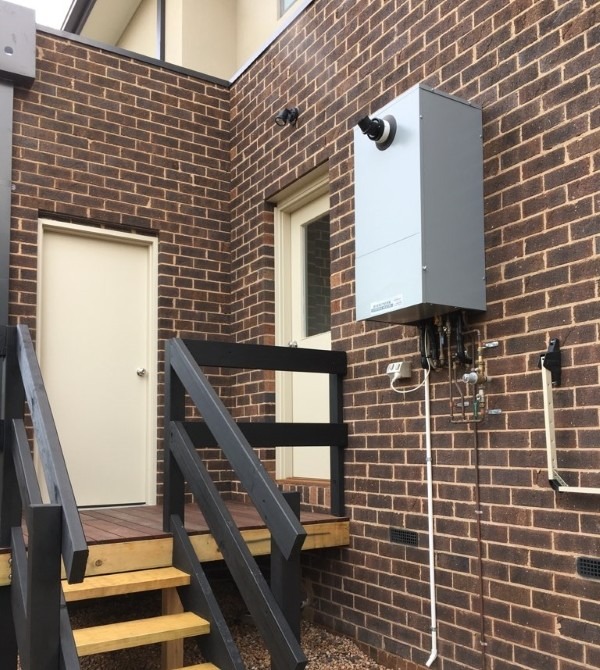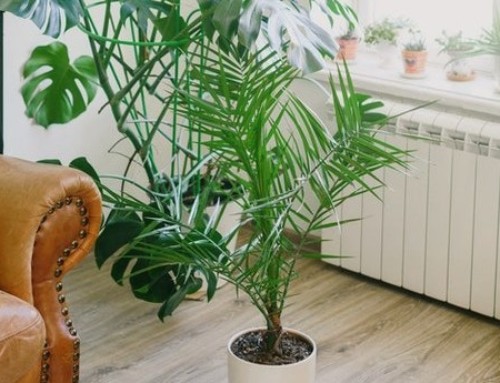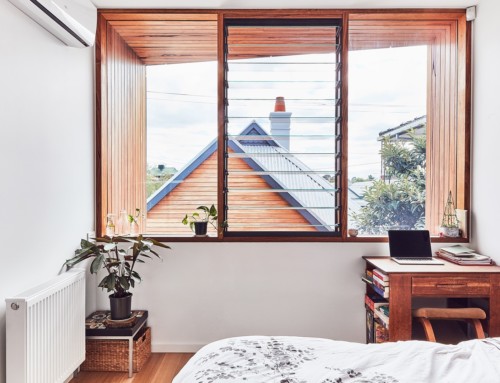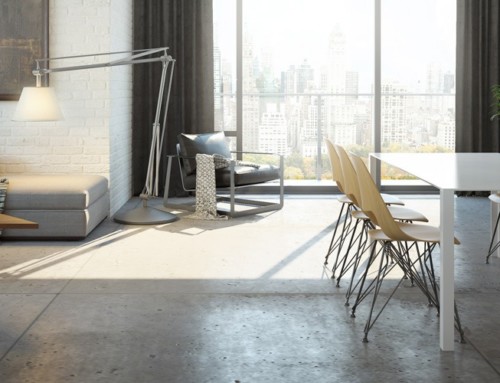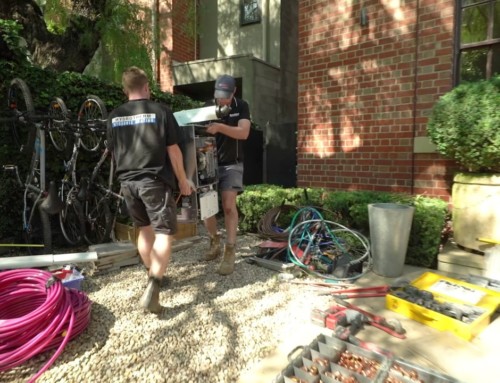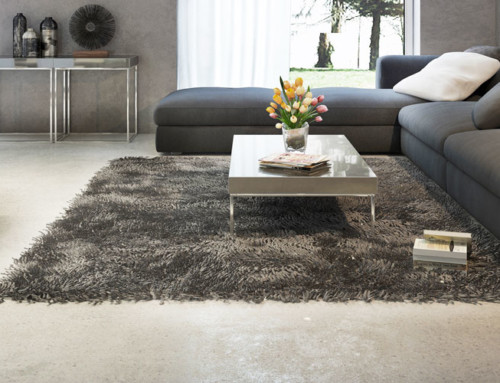With winter well on its way, now is the perfect time to be thinking about installing a hydronic heating system. There are multiple factors to consider when looking to install a hydronic heating system. Aside from choosing the system itself, other factors to take into consideration include deciding on the best heat source and boiler, the impact of dust and allergies, its cost efficiency, and the existing insulation of your home.
In this article, we explore hydronic boilers and their different types, helping you make the right decision when choosing a boiler for your hydronic heating system. But, before we get started it’s important to understand what a hydronic boiler is and its role in the heating cycle.
What does a hydronic boiler do?
Hydronic boilers heat water at a source which then gets circulated through a network of pipes, either behind the walls or beneath flooring, to an outlet such as radiator panels, in slab floor coils, or in floor trench convectors. Circulating in a cycle, once the water is heated and has moved through the house, it then returns to the boiler to be reheated.
Types of hydronic boilers
Hydronic boilers can be categorised into two main types, condensing and non-condensing. Condensing boilers are the most common in Australia, recycling ‘waste’ heat through a large heat exchanger while simultaneously expelling cool gas from the flue. As the name suggests, condensing boilers can tend to produce gas vapours that cool, resulting in condensation.
The main difference between condensing and non-condensing boilers is the fact that the exhaust gas is recycled through the condensing heat exchanger, where non-condensing boilers’ combustion gases go into the flue where heat is wasted. Additionally, condensing boilers leave a lower carbon footprint and are more cost efficient in the long run.
There are two types of condensing hydronic boilers. These include:
1. Regular boilers
Regular boilers operate with a separate unit for hot water, meaning it will pump hot water to the outlet (radiator, in slab, trench convector) without having an affect on the rest of your household’s water usage. Regular boilers also ensure that the water pressure throughout the house does not decrease when multiple taps are on at the same time, making them the most ideal option for larger properties with more than 3 bathrooms.
2. Combination boilers
Combination hydronic boilers provide hot water requirements for both the hydronic heating system, as well as the hot water for the rest of the house, meaning it is not a separate unit.
Combination boilers will only heat water when required, i.e. when the shower is being turned on. As the water flow will be reduced when multiple taps or showers are running, a combination hydronic boiler is best suited to smaller homes with only 1 or 2 bathrooms. Having this option available reduces the cost of running hydronic heating when compared to having the additional cost of a separate water heater.
At Hydrotherm Hydronic, we offer a wide selection of Bosch hydronic boilers. Browse our range of hydronic boilers here, or speak to one of our experts on (03) 9464 4622 today!



